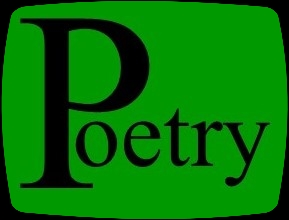|
|
| |
|
Welcome
The coordination of hand, eye, and mind is the keystone to a working center which will issue a fountain of growth generally described as art.
Dexterity with tools and a knowledge of historical precedients (ways other artists have succeeded) form an exchange between the scientific testing method, theory, and synthesis of esthetics into the work of art. Many artists believe this starts with drawing. Drawing is a form of visual expression and is one of the major forms within the visual arts.
A quick, unrefined drawing may be defined as a sketch.
Media normally associated with drawing includes: pensils, graphite, chalk, pastels, ink, pigment, charcoal, Conté, silverpoint, marker, pen and ink, liquid media applied with brushes or pens, compass, ruler, and set square. Fixative, Drafting tape, masking tape.
Traditional drawings were monochrome.
Drawing suggests a process distinct from painting. Some drawings are finished artworks, but most drawing is exploratory. The focus is on observation, problem solving and composition, often as a means of preparation for a painting.
Masters of drawing in the 14th, 15th and 16th centuries included Leonardo da Vinci, Albrecht Dürer, Michelangelo, and Raphael. .
In the 17th century, Nicolas Poussin, Rembrandt, Guercino, and Peter Paul Rubens created important drawings.
In the 18th century, great drawings were produced by Jean-Honoré Fragonard, Francisco Goya, Giovanni Battista Tiepolo, and Antoine Watteau.
The masters of drawing during the 19th century included Paul Cézanne, Jacques Louis David, Pierre-Paul Prud'hon, Edgar Degas, Theodore Gericault, Jean Ingres, Odilon Redon, Henri de Toulouse-Lautrec, Honore Daumier, and Vincent van Gogh.
Great drawings in the 1900s have been created by Käthe Kollwitz, Max Beckmann, Egon Schiele, Arshile Gorky, Paul Klee, Oscar Kokoschka, M. C. Escher, André Masson, Jules Pascin, and Pablo Picasso.
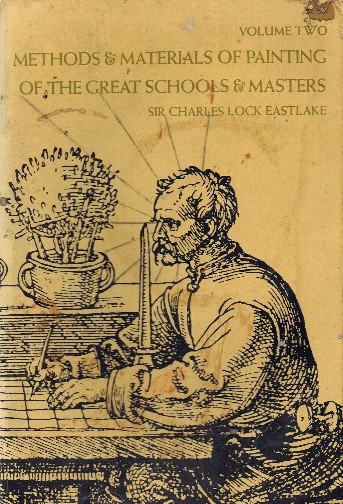
|
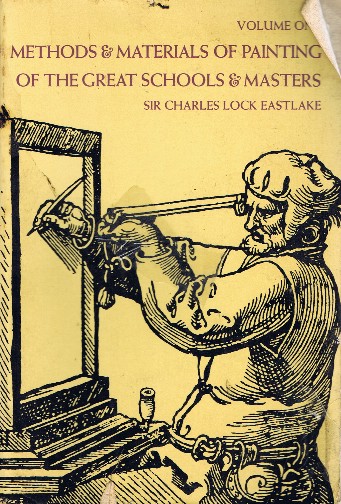 |
Methods and materials of the great schools and masters. Volume 2
I found this a particularly usefull guide. Sir Charles Lock Eastlake is the author.
|
Systems for drawing have included grid systems for recording, geometric systems, mathematical perspective, and projection systems such as pinhole camera. Along with the human hand, triangles, french curves, compass and various drawing devices have shaped the way the artist creates the drawing. From the digital camera to the study of anatomy, the process of drawing is an expression of the partnership between eye and mind.
|
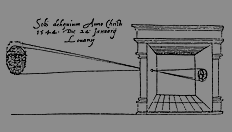
Probably the earliest depiction of the camera obscura, published in the book De radio astronomico et geometrico liber in 1545. Here, Dutch physicist and mathematician Gemma Frisius described his observation of the solar eclipse in 1544. Johannes Kepler observed sun spots in the same way in Prague at the beginning of the 17th century; Kepler was also the first to use the term camera obscura.
|
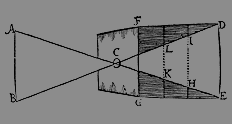
Diagram from 1685 showing how rays of light travel through the camera obscura, and how the size of the image depends on its distance from the hole, according to Johann Zahn.
|
People in various parts of the world have observed the camera obscura effect since ancient times.
In 5th century BC, accounts were written by Chinese philosopher Mo Ti.
Aristotle in 4 BC was asking, why sunlight passing through quadrilaterals, for example, one of the holes in wickerwork, does not create an angled image, but a round one instead
10 AD the Arabian physicist and mathematician Alhazen, studied the reverse image formed by the tiny hole.
The English monk, philosopher and scientist Roger Bacon.
In the manuscript Codex atlanticus (c. 1485) the first detailed description of the pinhole camera was set down by Italian artist and inventor Leonardo da Vinci, who used it to study perspective.
Initially, the camera obscura was, in fact, a room where the image was projected onto one of the walls through an opening in the opposite wall. It was used to observe the solar eclipse and to examine the laws of projection. It later became a portable instrument which was perfected with a converging lens. Instruments of this kind were often used as drawing aids and, at the dawn of photographic history, they formed the basis for the construction of the camera.
First photograph taken with a pinhole camera was by Scottish scientist Sir David Brewster back in 1850.
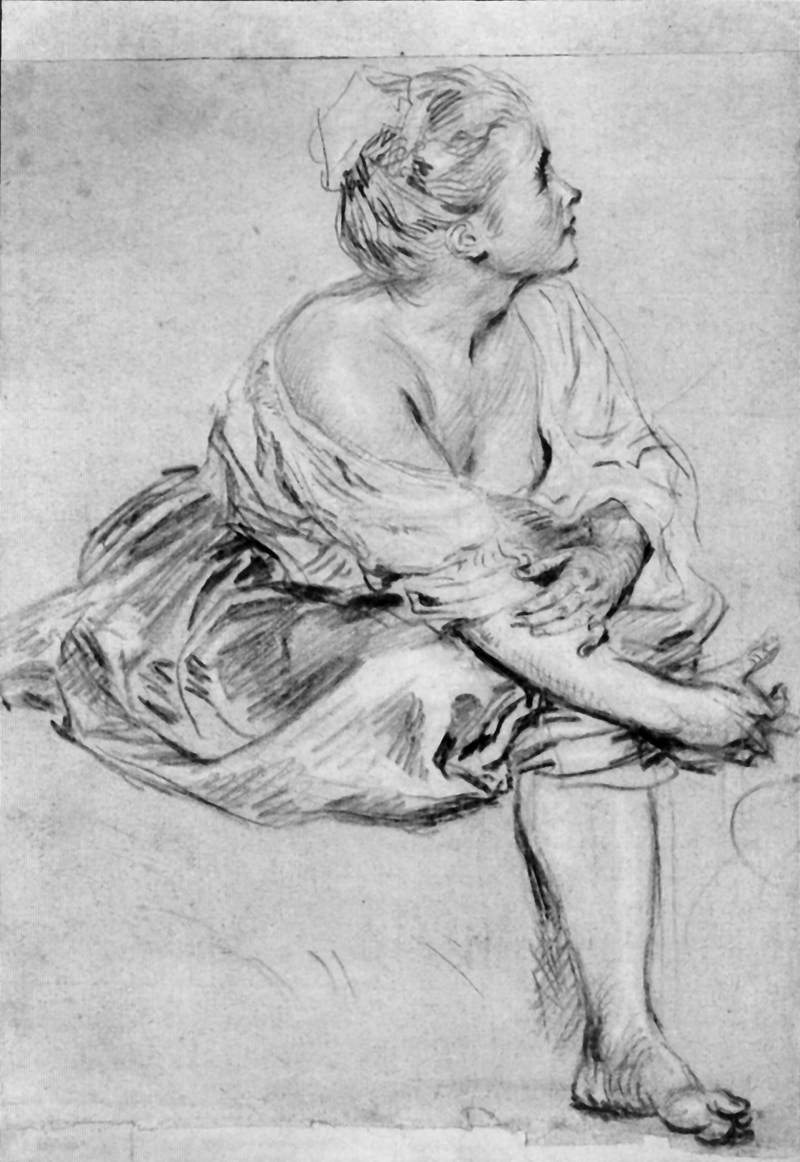
Antoine Watteau
|
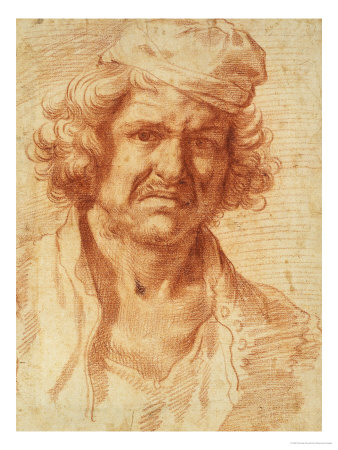
Nicolas Poussin
|
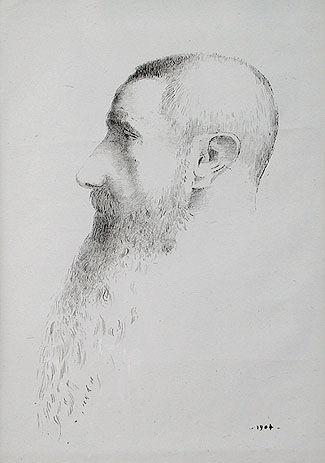
Odilon Redon
|
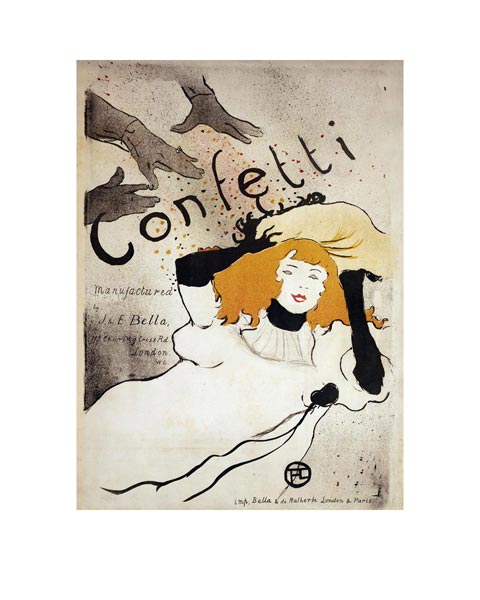
Henri de Toulouse-Lautrec
|
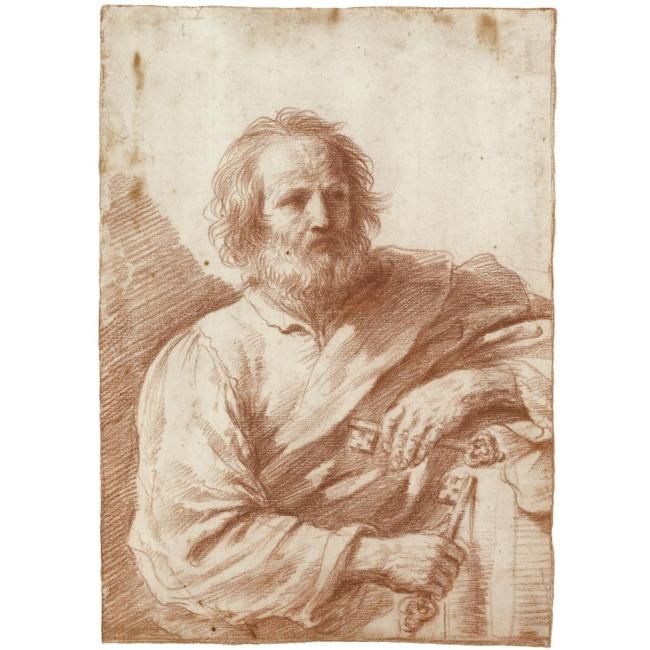
Guercino
|
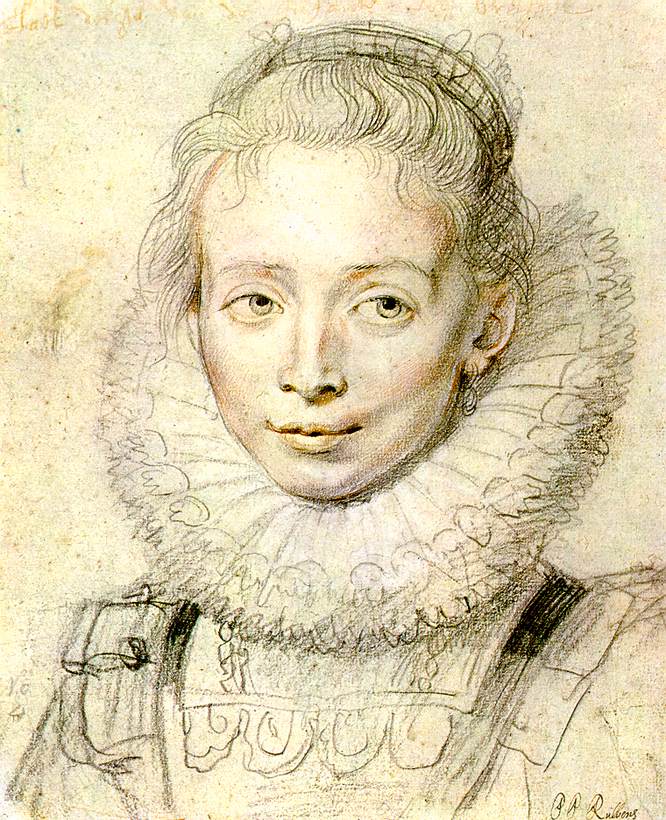
Peter Paul Rubens
|
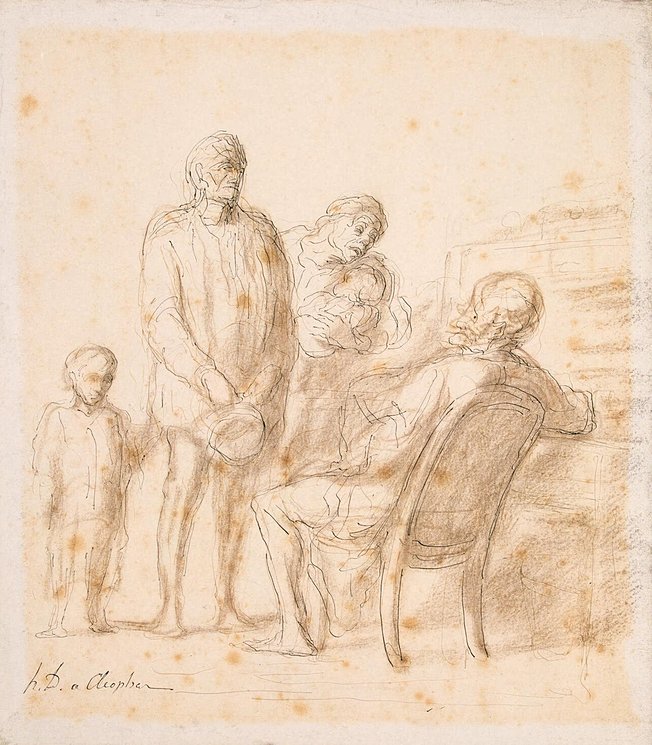
Honore Daumier
|

Vincent van Gogh
|

Jean-Honoré Fragonard
|

Francisco Goya
|
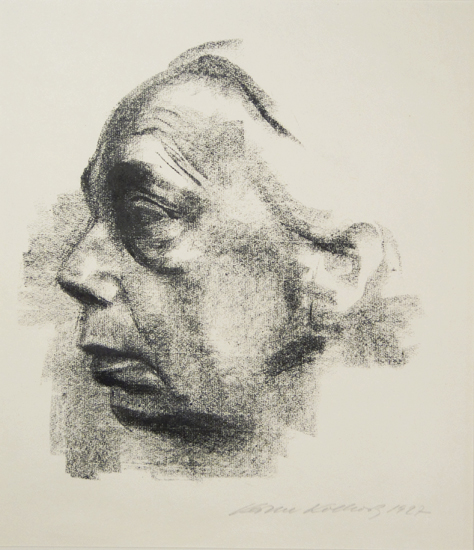
Käthe Kollwitz
|
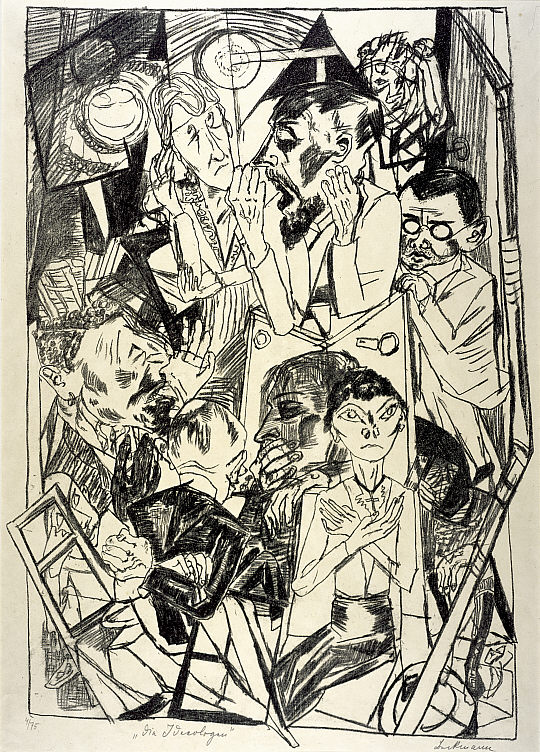
Max Beckmann
|
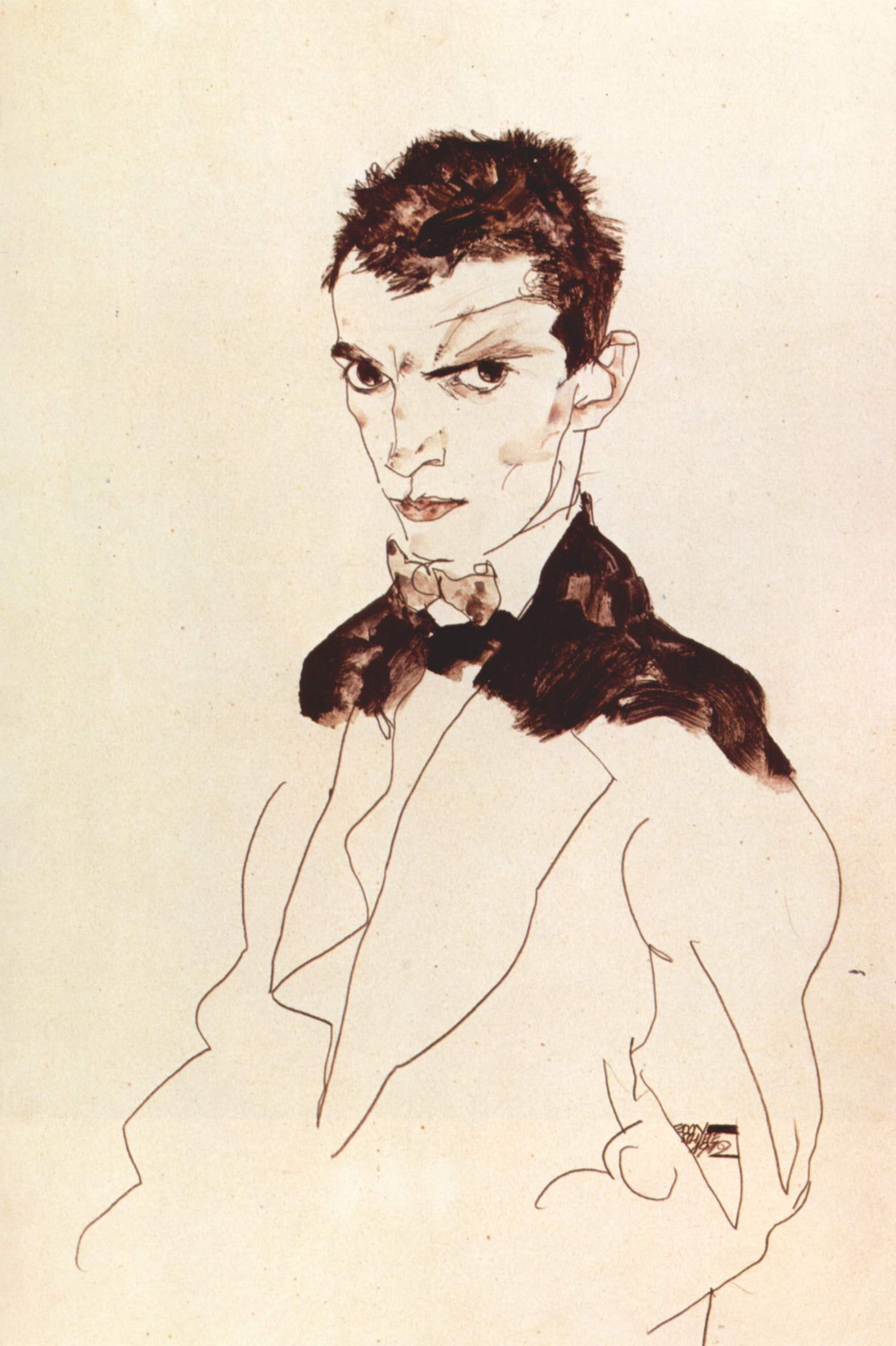
Egon Schiele
|
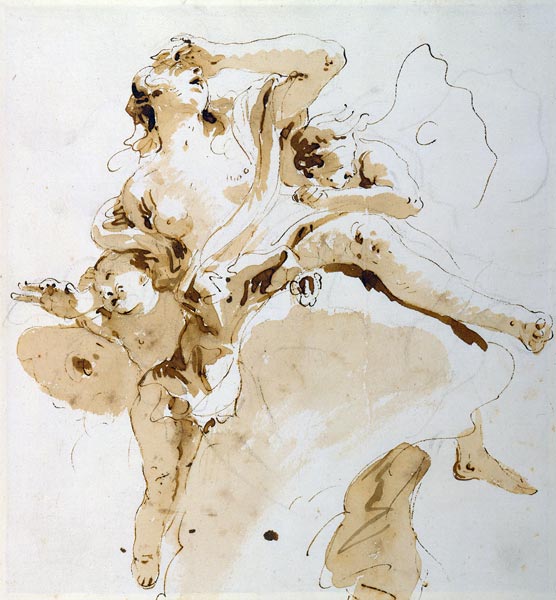
Giovanni Battista Tiepolo
|
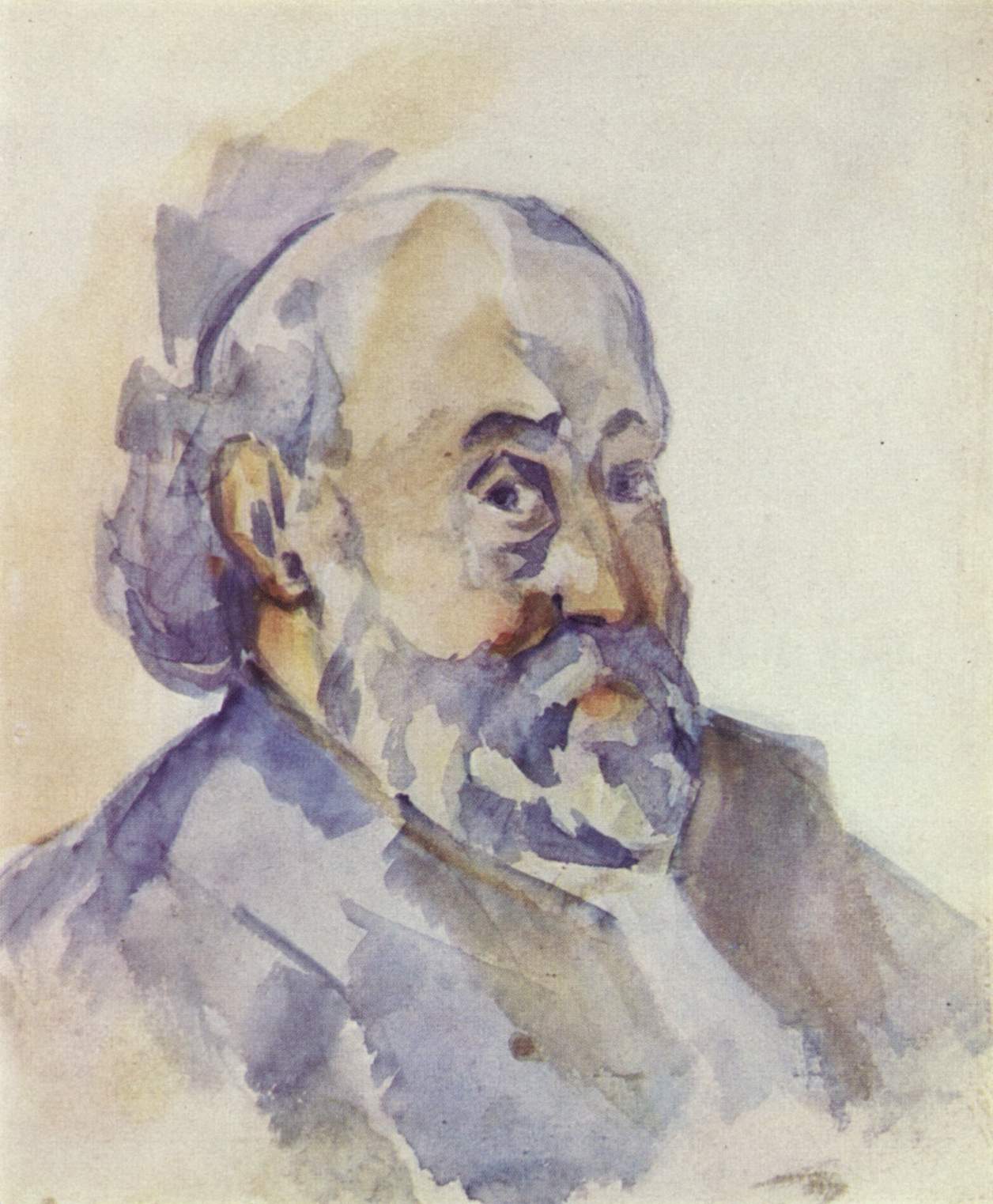
Paul Cézanne
|
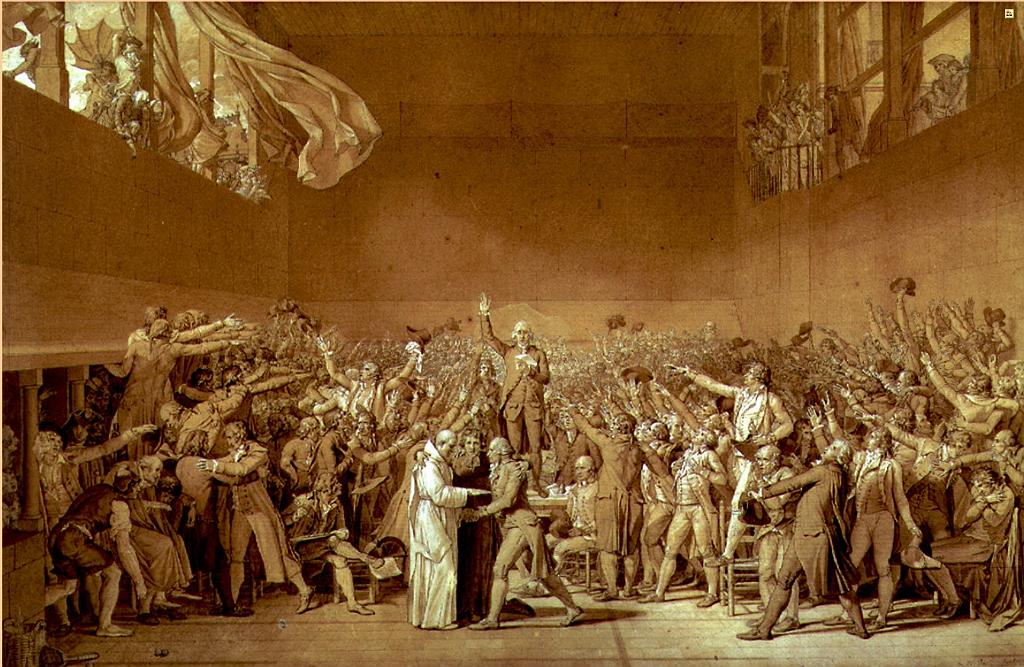
Jacques Louis David
|
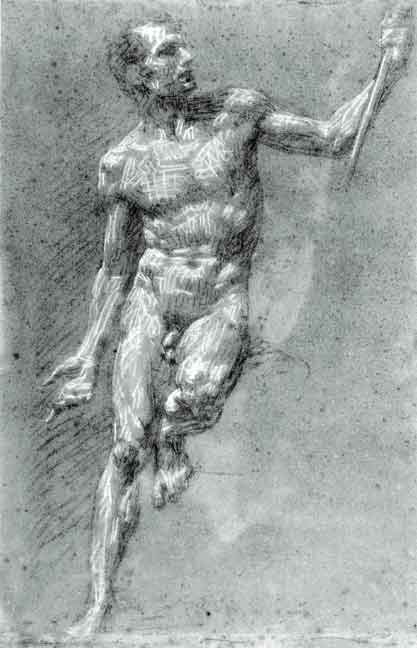
Pierre-Paul Prud'hon
|
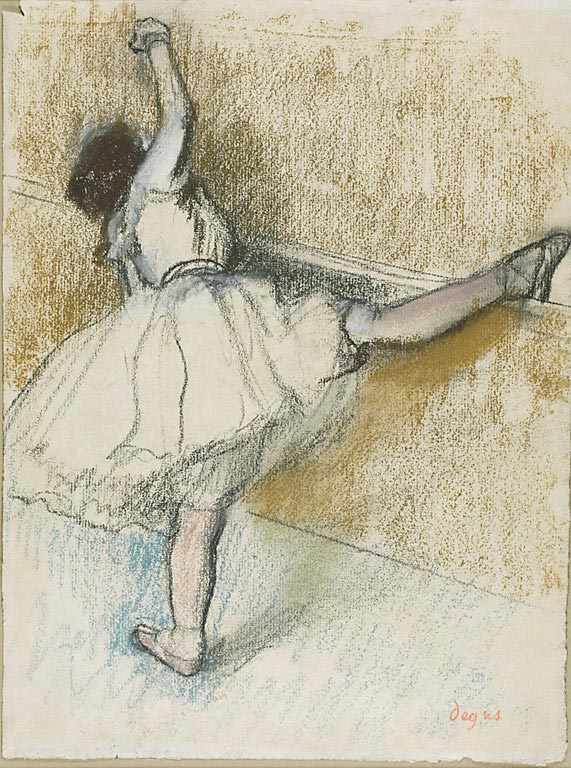
Edgar Degas
|
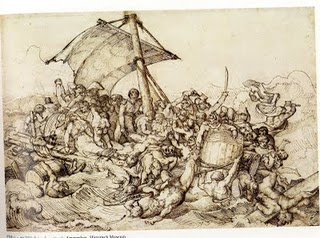
Theodore Gericault
|
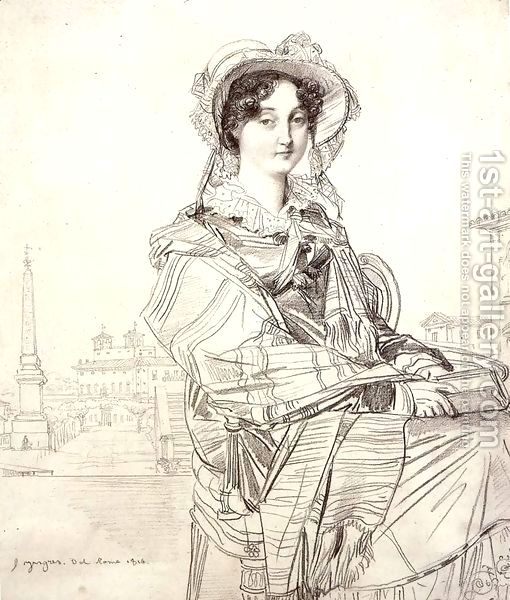
Jean Ingres
|
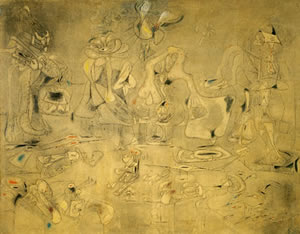
Arshile Gorky
|

Paul Klee
|
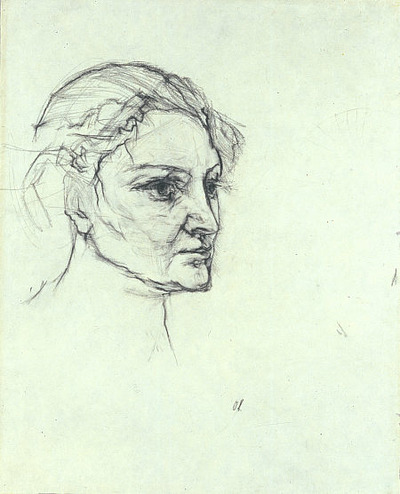
Oscar Kokoschka
|

Pablo Picasso
|
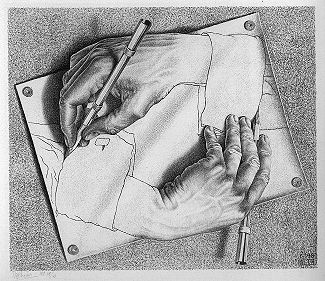
M. C. Escher
|
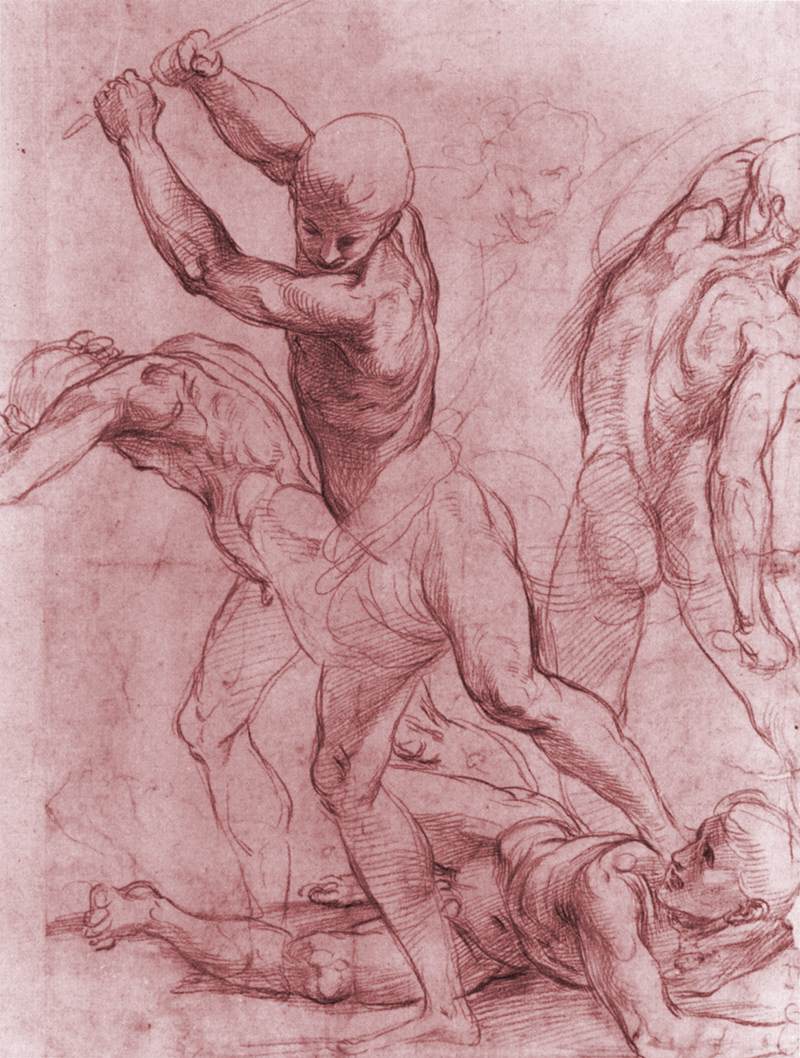
Raffaello
|
|
|
|
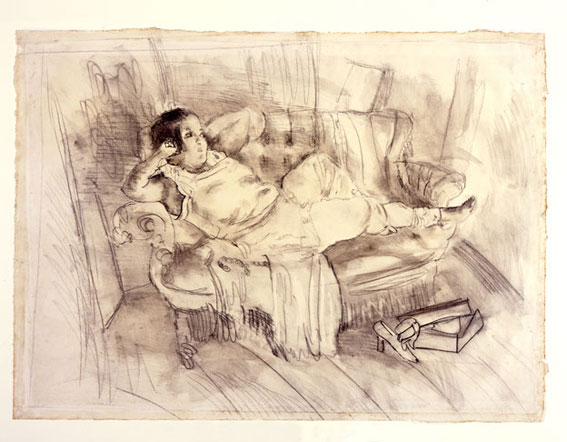
Jules Pascin
|
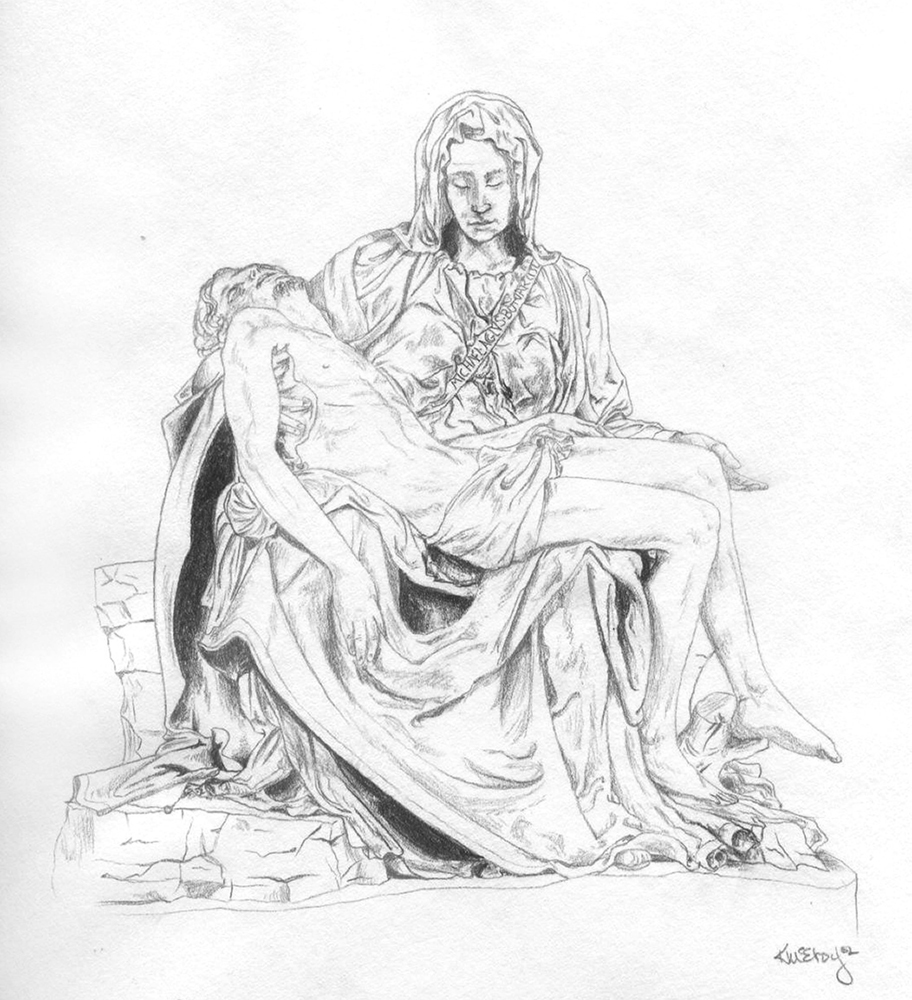
Michelangelo
|
|
|
|
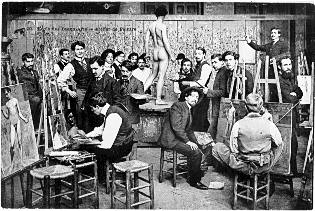
|
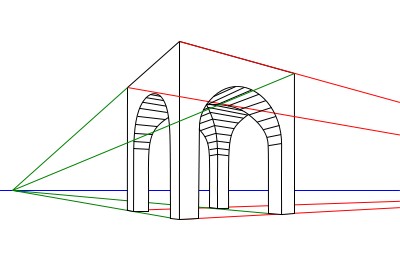
|
|
Art model posing in a French painting school
|
Two point perspective drawing.
|

|
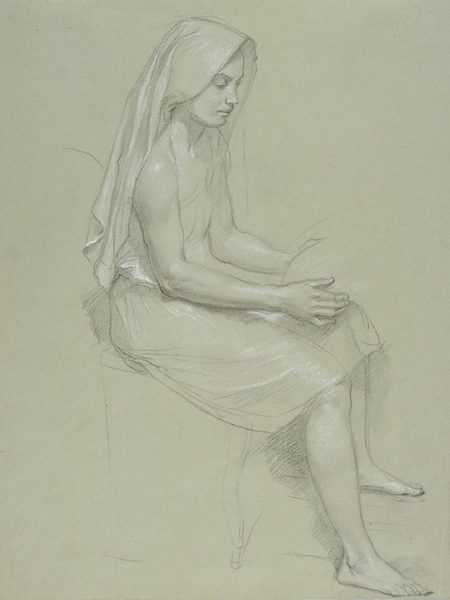
|
|
Madame Palmyre with Her Dog, 1897. Henri de Toulouse-Lautrec.
|
Chiaroscuro study drawing by Bouguereau
|

|
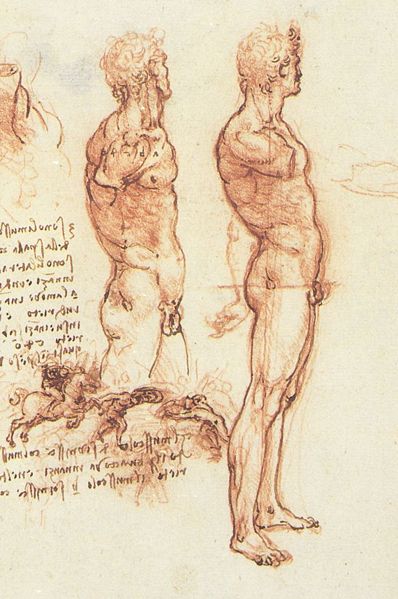
|
|
Line drawing in sanguine by Leonardo da Vinci
|
Figure drawing by Leonardo da Vinci.
|
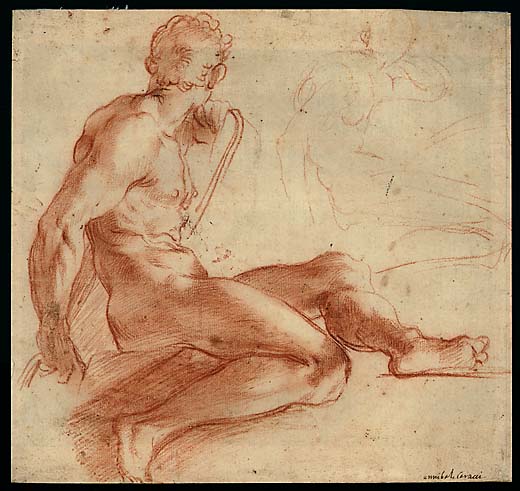
|
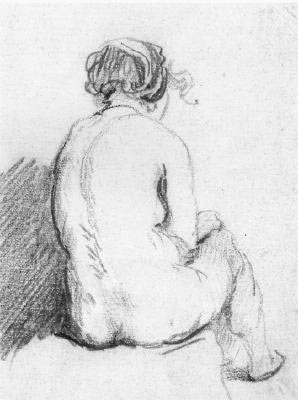
|
|
|
Male nude by Annibale Carracci, 16th century
|
Figure drawing by Rembrant
|
Artist: Glen River
Drawing from a life class. 1975
Philip Morsberger, Ruskin Master of Drawing, requested a drawing faithful to the model.
River's drawings and sketch books are available to registered students.
A great many drawings have been lost. Travel, lost luggage, fire, and flood make for great gaps where I would have preferred a record of the
process. So keep your journals, sketch books, and loose pages safe. Your students and followers will find value in them.
|

Figure
Drawing by Glen River
|
| |
|
| |
|
| |
|
| |
|
| |
|
|
© 2009 Glen River Publications
|
|
|
|
|
|

